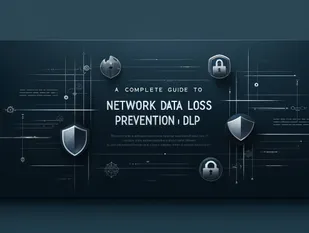
Introduction
Imagine if instead of writing code in a high-level language like Python or JavaScript, you had to write everything in binary—using just 0s and 1s. High-level languages are like speaking to a computer in simple English, while binary is like talking to it in an ancient, secret code. It would make the process of writing, debugging, and maintaining code much more complex and time-consuming. Let’s dive into how the development process would change if you had to write all your code in binary.
1. Increased Complexity and Time Consumption ⏳
Writing code in binary would be extremely complex and time-consuming. High-level languages allow you to write simple commands like print("Hello World"), but in binary, this would turn into a long string of 0s and 1s, each representing specific instructions to the computer.
- Example: Writing a single instruction in Python might take one line, but the equivalent in binary could take dozens or even hundreds of lines of 0s and 1s. This would slow down the entire development process, making even simple tasks take hours or days to complete.
2. Error-Prone Development Process 🐛
When coding in binary, the chances of making errors increase dramatically. High-level languages have built-in safeguards, like syntax checks, that help you avoid mistakes. But in binary, even a single wrong digit can cause the whole program to crash or behave unpredictably.
- Example: Imagine you’re trying to write a binary code that adds two numbers. If you accidentally switch a 0 to a 1, instead of adding, the program might subtract or do something completely different.
3. Difficulty in Debugging 🔍
Debugging, or finding and fixing errors in your code, would be much harder in binary. High-level languages provide error messages and debugging tools that help you quickly locate and fix problems. In binary, you would have to manually sift through hundreds or thousands of 0s and 1s to find a single mistake.
- Example: If a program written in Python throws an error, you might get a message like “Index out of range” that helps you identify the problem. In binary, you would have to figure out the issue without such help, which could take much longer.
4. Limited Readability and Maintainability 📚
Code readability is crucial for working in teams and for maintaining code over time. High-level languages are designed to be human-readable, making it easier for developers to understand and modify code. Binary code, on the other hand, is nearly impossible to read without extensive documentation, which would make maintaining and updating code much harder.
- Example: In high-level languages, you can write comments like
# This function calculates the sum of two numbers. In binary, explaining what a section of code does would require additional documents or annotations, making the code much harder to understand for others.
5. Increased Learning Curve 🎓
Learning to code in binary would be much more difficult than learning a high-level language. High-level languages abstract away the complexity of binary, allowing developers to focus on solving problems rather than on the intricacies of how the computer interprets the code. If everyone had to learn binary first, the learning curve would be steep, and fewer people might be inclined to become programmers.
- Example: Think about how people learn to code today. They start with simple concepts like variables and loops. In a binary-only world, beginners would have to first learn how to translate these concepts into binary, making the learning process much slower and more challenging.
Conclusion
Writing code in binary instead of a high-level language would dramatically change the way we develop software. It would make the process more complex, error-prone, and time-consuming, while also increasing the difficulty of debugging, maintaining, and learning to code. High-level languages exist to make our lives easier by allowing us to communicate with computers in a way that is more natural and understandable. If we had to revert to binary, the world of software development would become much more challenging and less accessible.








